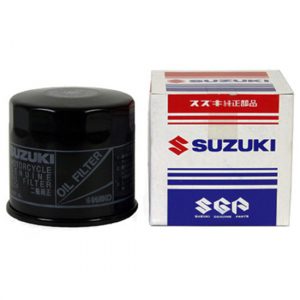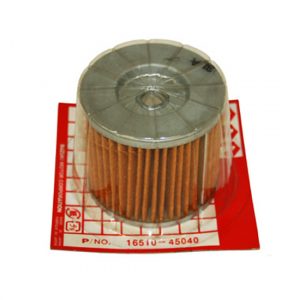Suzuki Motorcycles
Michio Suzuki founded Suzuki Loom works in the small seacoast village of Hamamatsu, Shizuoka Prefecture, Japan in 1909. It was with the success within the weaving industry for over 30 years that Michio Suzuki realized his company had to diversify, he started looking at new ventures and projects moving towards the automobile with building a new car in 1939 then advancing towards the motorcycle industry after the war in 1952. Although a number of firms began offering a ‘clip-on’ gas-powered engines that could be attached to the typical bicycle. Suzuki’s first two-wheeled ingenuity came in the form of the first motorized bicycle called, the ‘Power Free.’ This was designed to be inexpensive and simple to build and maintain, the 1952 Power Free featured a 36cc, one horsepower, two-stroke engine. The Power Free system was so ingenious that the patent office of the new democratic government granted Suzuki a financial subsidy to continue research in motorcycle engineering, and so was born Suzuki Motor Corporation. By 1954, Suzuki was producing 6,000 motorcycles per month and had officially changed its name to Suzuki Motor Co., Ltd. During the 1950s, 1960s and the 1970s, the company manufactured motorcycles with two-stroke engines only, the biggest two-stroke model being the water-cooled triple-cylinder GT750. In the 1970s, Suzuki established themselves in the motorcycle racing world with the legendary Barry Sheene. It was not until 1976 that Suzuki introduced its first four-stroke motorcycle being the GS400 and the GS750.1985 saw the GSXR750 F introduced, also known as the slabside as it had a very flat panel down the side. The GSXR has been one of Suzuki’s most popular range with it being more than 25 years old this model is constantly being updated/redesigned entirely every two to four years. The Suzuki SV650 however, was introduced in 1999 as a budget entry in the emerging unfaired bike market, offering both the unfaired and fully faired version from 2008 to this present day. One of Suzuki’s fascinating histories is the biggest spy scandal in the sixties within the motorsport history found in the book; Motorcycle History – Stealing Speed: The biggest spy scandal in motorsport history by Mat Oxley, was how one of Japan’s biggest motorcycle manufacturer stole a Nazi rocket scientist’s engine secrets from behind the Iron Curtain to conquer the world. In 1961, with the Cold War at its height, East German motorcycle manufacturer MZ was using World War II rocket technology to win Grands Prix, only for rider Ernst Degner to defect and sell the secrets to Suzuki, while his wife and children were drugged and smuggled through the Berlin Wall. The following year Suzuki and Degner made history by winning the world title. Branded a traitor by the communists, Degner suffered horrific injuries in a fiery racing accident and died in mysterious circumstances.Suzuki continues to compete to this day in major sporting events such as the MotoGP, British Superbikes and World Super Bikes.
Showing all 2 results


